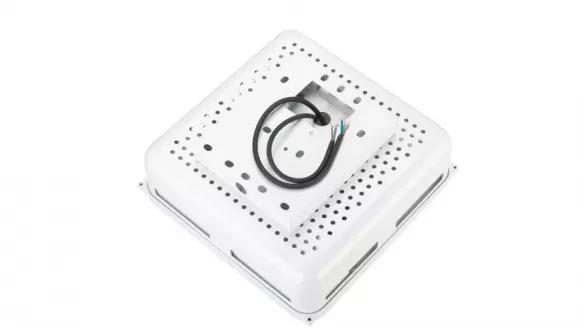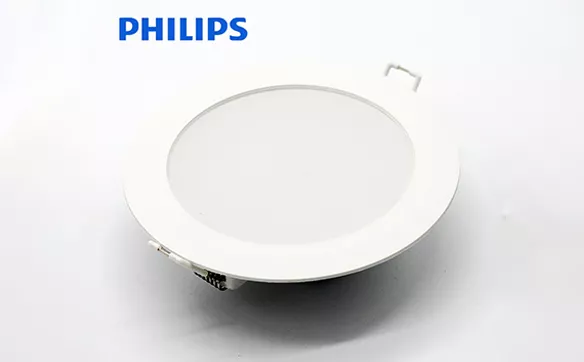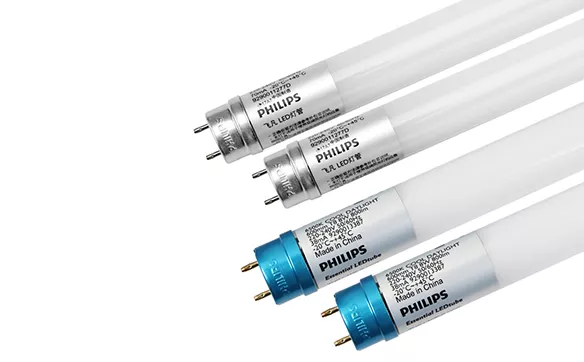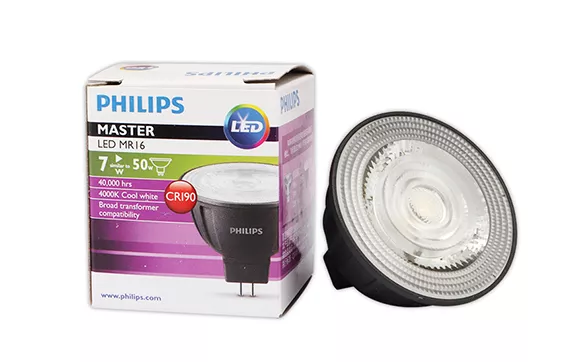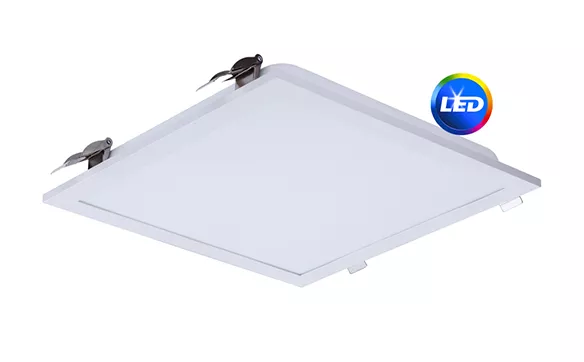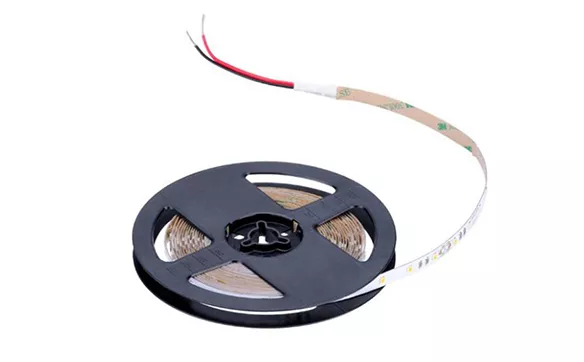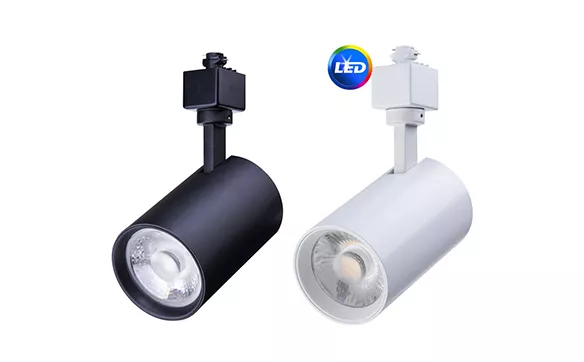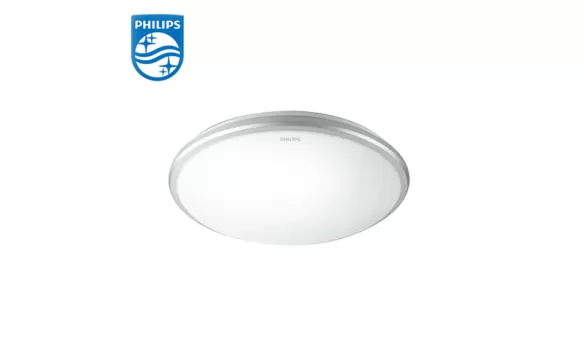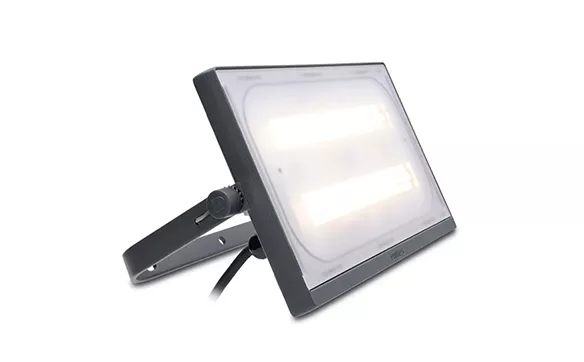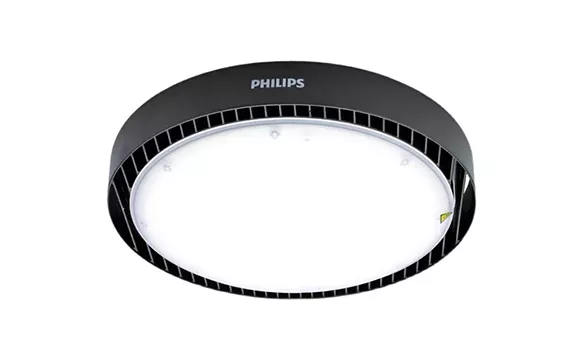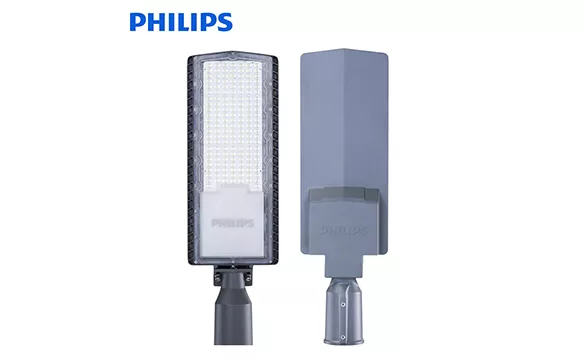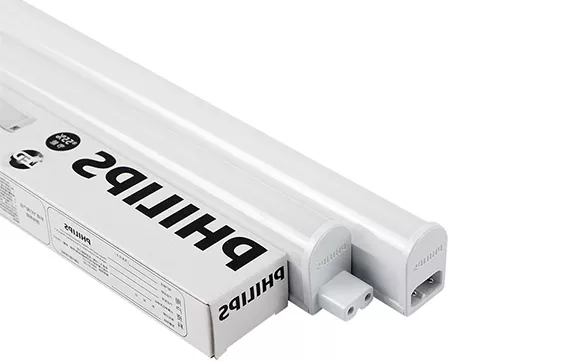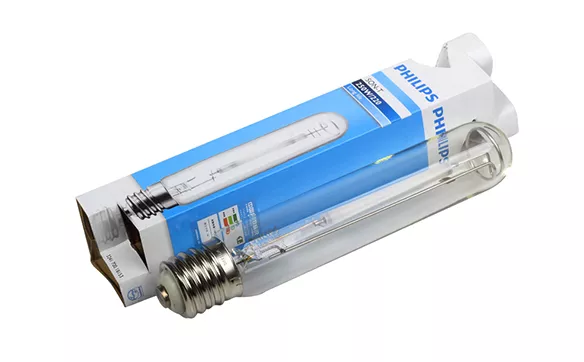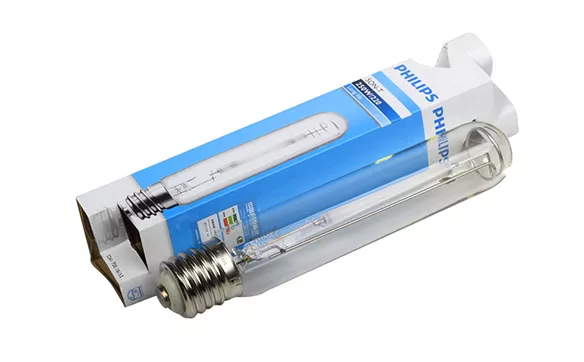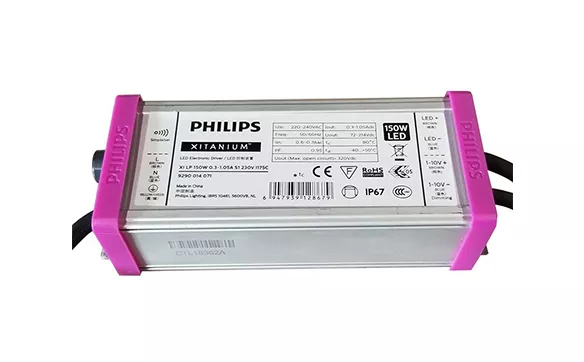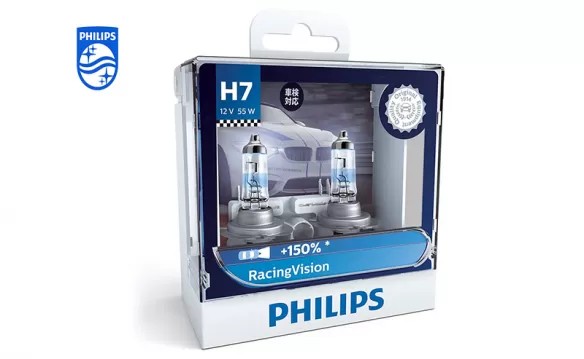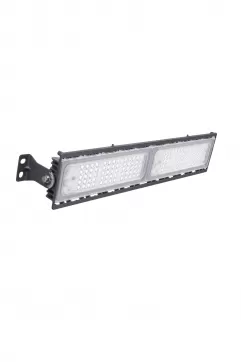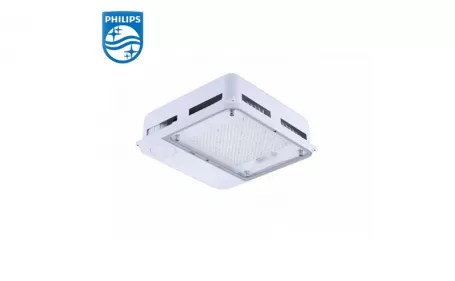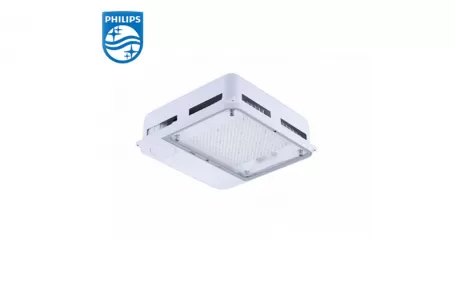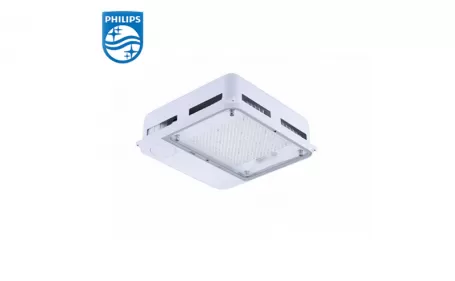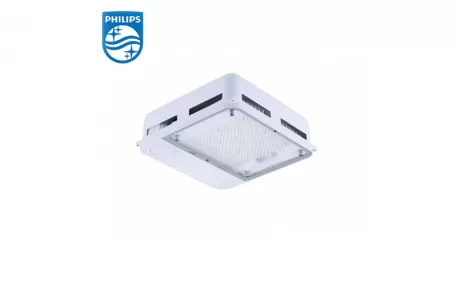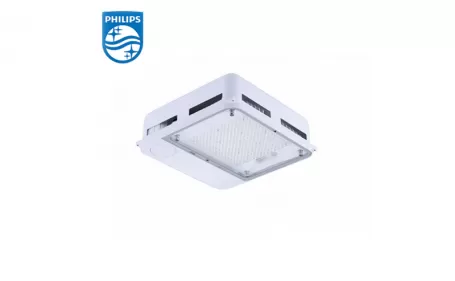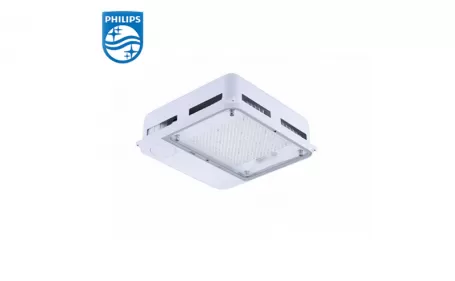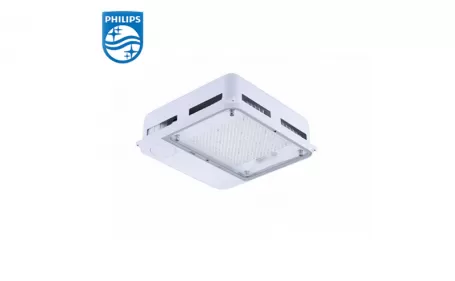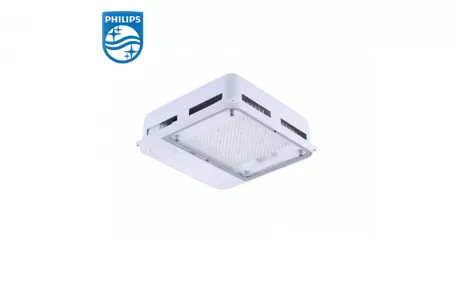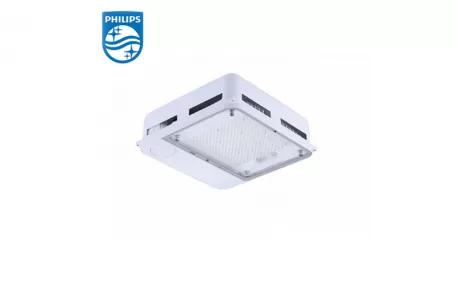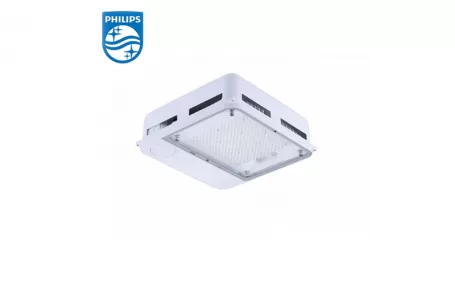Why are Led lights the best solution for home lighting?
Extended Lifespan: LED lights boast an impressively long service life, far outlasting traditional lighting options.
Energy Efficiency: Their low energy consumption significantly reduces electricity usage compared to other types of lights, leading to cost savings.
Reduced Waste: LED lights produce less waste, contributing to a more environmentally friendly lighting solution.
Safety: LED lights prioritize safety, offering a secure lighting option for households.

Benefits of LED Lighting
Sustainability
Extensive studies have consistently shown that LED lights exhibit greater durability compared to conventional light sources.
Fluorescent tubes and incandescent lamps are prone to breakage, while halogen light sources can sustain damage during installation, often due to oil residue from installers' fingers.
Did you know that in many countries, there are standards mandating LED lights to withstand drops from four meters without breaking? Unlike traditional lights, LED lights lack easily breakable components.
Compact Design
LED circuits are available in various shapes and sizes, catering to diverse lighting needs. For instance, a spotlight may feature a single LED circuit measuring 200x300mm, while the LED lights commonly installed on household roofs typically contain a much smaller 20x20mm LED circuit.
Long service life. How long does the LED light stay on?
Led lights are very long-lasting The durability of LED lights is influenced by the lack of breakable components and the technology of LEDs is long-lasting. Let's compare:
Incandescent lamps have a lifetime of 1000 hours
Fluorescent lamps last between 5 000 and 15 000 hours
Metal halide lamps last 5 000 – 15 000 hours
LED lights can last 25 000 – 80 000 hours, theoretically up to 200 000 hours
Advantages of LED Lights Over Conventional Lighting Sources
High-quality LED lights have an exceptional lifespan, surpassing fluorescent bulbs by more than 10 times and modern incandescent bulbs by up to 50 times!
Premium LED lights, when operational 24/7, can endure for approximately 6 years. However, if used for an average of 6 hours per day, these LED lights can last for 18 years or even longer.
While LED lights have been in widespread use for only slightly more than a decade, laboratory tests suggest they can last even longer, especially with efficient cooling mechanisms.
Yet, why do certain LED lights fail prematurely?
Some LED lights suffer from shorter lifespans due to their components being made from weaker materials, such as plastics. Even in low-quality LED lights, the LED itself might endure, but issues arise from the transformer, power supply, or connectors within the lamp. Low-quality electronics or insufficient metal within the lamp for cooling the LED circuitry can also lead to failure. Tests indicate that a mere 10-degree Celsius increase from 60 to 70 degrees on an LED circuit can halve its lifespan!
Low Maintenance
The extended lifespan of LED lights substantially reduces the need for replacing failed lamps, saving both time and money. This advantage is especially significant for lighting requiring electrician servicing, offering a stark contrast to other light sources that are more prone to damage and necessitate more frequent replacements.
Why Transition to LED Lights?
Energy Efficiency
LED lights stand out as the most energy-efficient light source readily available. While laser technology is emerging, LED lights remain more efficient than their traditional counterparts:
Incandescent lamps produce around 10-17 lumens per watt.
Fluorescent lamps can generate 60 lumens per watt.
Metal halide lamps produce 75-100 lumens per watt.
LED lights yield up to 150 lumens per watt and, in some cases, even 200 lumens per watt! The potential applications for these highly efficient LED lights are numerous, and the cost savings in electricity bills when comparing energy consumption among different light sources are considerable.
Safe Disposal of LED Lights
LED lights contain fewer toxic materials compared to conventional light sources, such as arsenic, lead, mercury, and harmful gases. Consequently, they pose less risk during disposal and are easier to recycle, contributing to more sustainable waste management practices.
Reduced Harmful Emissions
LED lights emit lower levels of radiation compared to conventional sources like fluorescent, incandescent, or halogen lights. Harmful radiation, particularly UV and infrared light, which can be detrimental to health after prolonged exposure, is significantly reduced with LED lights.
Lower Operating Temperature
While LED lights do generate some heat, it's a fraction of what conventional light sources produce. LED lights operate at significantly lower temperatures (around 40-70 degrees Celsius) compared to halogen lights, which can reach temperatures as high as 280 degrees Celsius. This lower temperature is due to their lower electricity consumption, absence of infrared radiation emission, and direct mounting of LED circuits on cooling frames in high-quality LED lights.
LED lights remain safe to touch, while halogen lights can reach hazardous temperatures of up to 280 degrees Celsius.
LEDs: Less Likely to Burn Out
LED lights, in the true sense, do not catch fire due to their low operating temperature. However, like all things, LED lights eventually reach the end of their lifespan.
The benefits of lower temperature have been observed in public spaces, where the decreased heat of LED lights has extended the life of lamp holders compared to the high heat emitted by conventional lamps, which often weakens the lamp holder components, leading to risks of electric shock and fire hazards.
Reduced Glare
Modern LED luminaires are designed to be less glaring than traditional light sources. LED technology allows for various luminaire sizes and shapes, enabling designs that mitigate glare.
Reduced glare is crucial for eye health, especially for office workers and those exposed to artificial light for extended periods, as glare can cause vision issues and headaches.
Transitioning to LED lights provides numerous advantages, including energy efficiency, environmental friendliness, enhanced safety, reduced maintenance, and improved visual comfort, making them a highly recommended choice for various lighting needs.
If you want to know more information about Home lighting Solution, please click on the image below to get a free quote:


